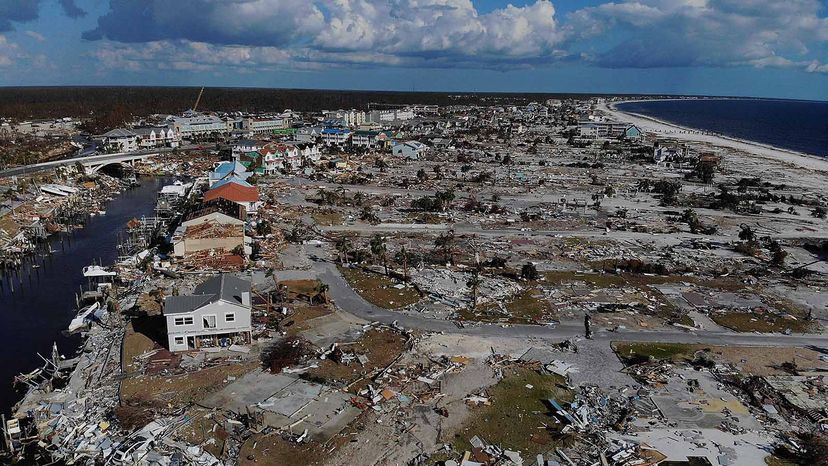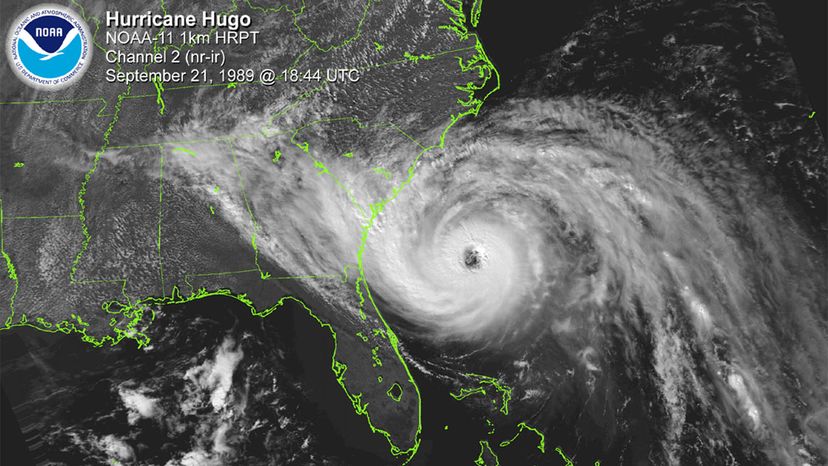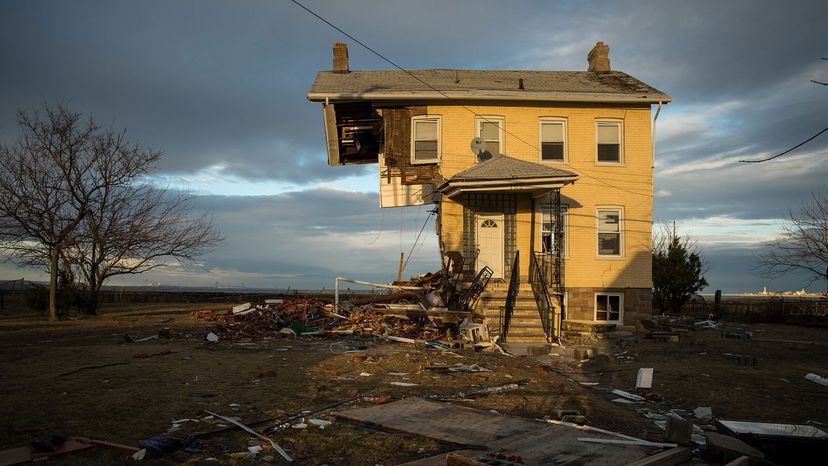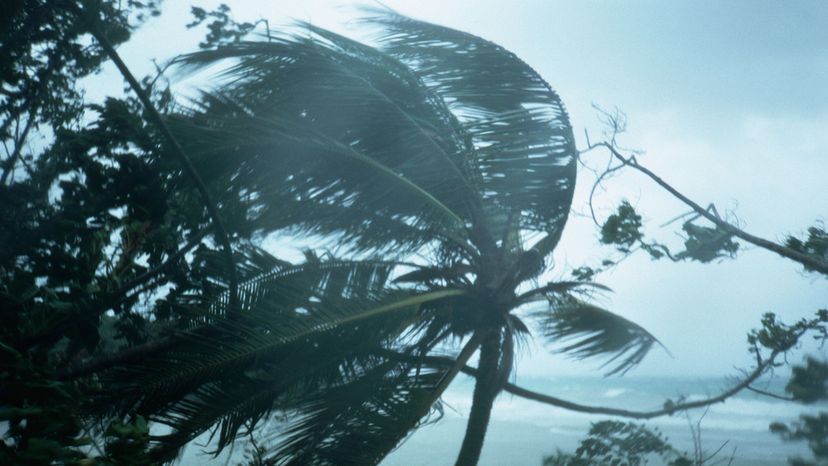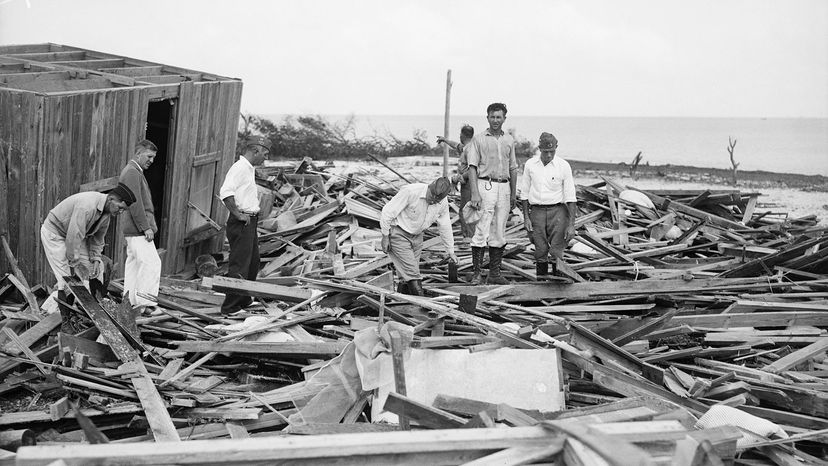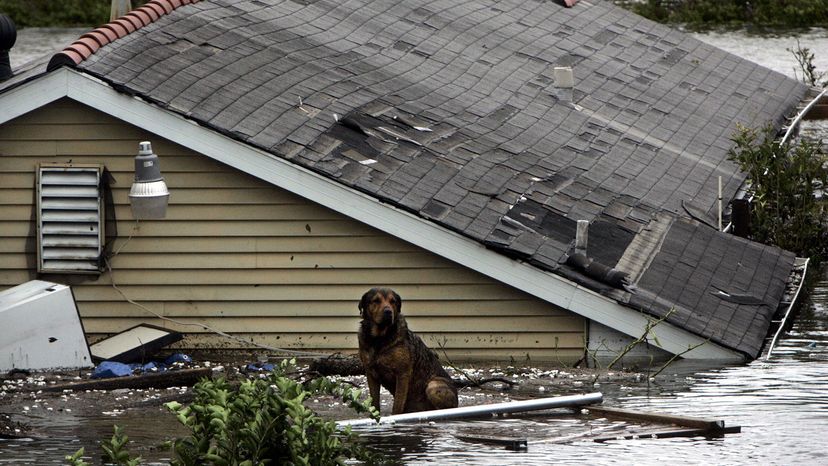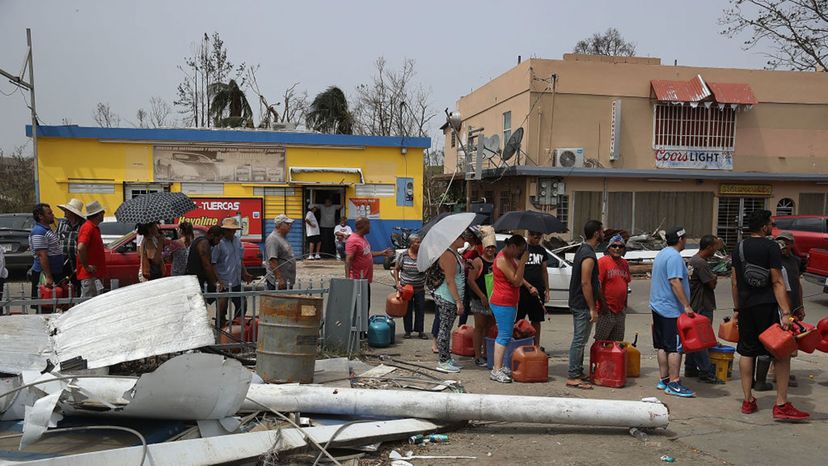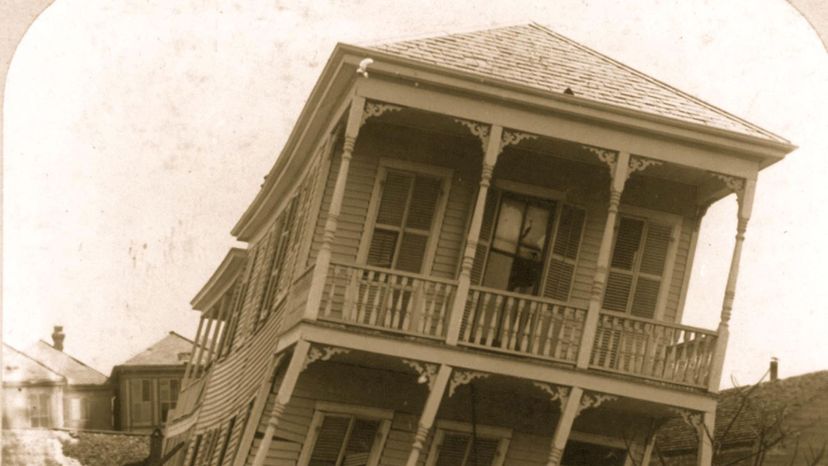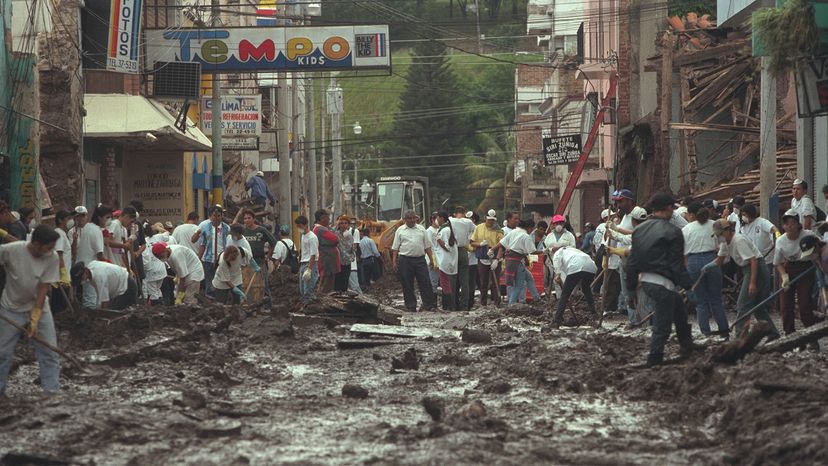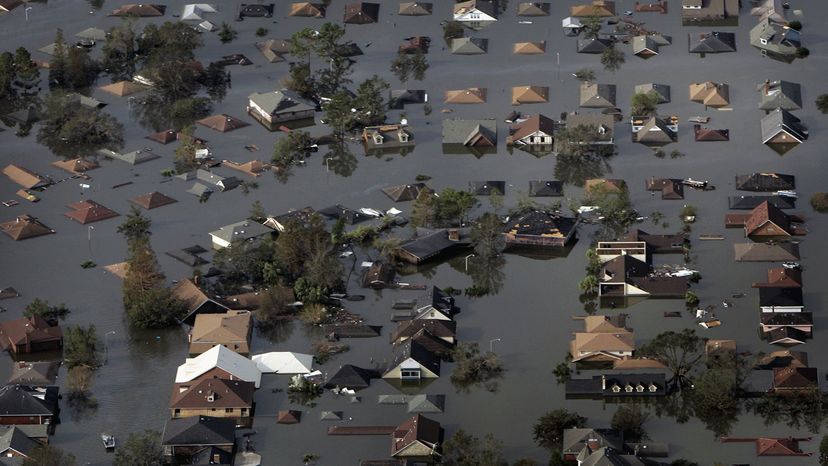
There is a ritual of sorts that goes on in Florida every year when folks get wind of the news that a big storm is a-brewing. Windows are boarded, boats are dry-docked and grocery stores and home improvement stores are picked clean of anything that might come in handy in the unlikely event that a massive hurricane hits.
What keeps people going through the annual routine of following spaghetti models and prepping for the big one in the Sunshine State and other coastal areas is that many have seen a hurricane or two, and they know the kind of serious destruction these storms can cause. From an 18th-century hurricane that ravaged the Caribbean to the devastating blow issued by Sandy in 2012, history is replete with stories of the wreckage and ruin that come with a major storm.
Advertisement
By definition, a hurricane is a tropical storm with winds above 74 miles per hour (119 kilometers per hour). The systems occur all over the world. In the Western Atlantic and Eastern Pacific Oceans, they are called hurricanes. In the Indian Ocean and South Pacific, they are called cyclones and in the Western Pacific, they are called typhoons.
The following hurricanes aren't necessarily the deadliest of all time, or the costliest. But they all sit at the intersection of property damage, powerful winds and human tragedy, and all captured the world's attention for differing reasons. We've listed them in order of lives lost.
